Why Panama and Ethiopia's rose summer coffee flavor characteristics are different What is the taste of rose summer
Rose summer should be a well-known coffee bean after Blue Mountain, and even become the "treasure of the town" with the highest unit price in many coffee shops. In addition to the well-known Panamanian rose summer, it is common in Ethiopia, Colombia, Costa Rica, and even in a few coffee shops, Bolivia, Mexico, Jamaica and Yunnan, China.
If you have long heard the name of Rose Summer and randomly order a cup of Rose Summer in the store, you will most likely taste the amazing flavor with rich floral aroma and sour fruit as rumored, and the medium probability will taste well-behaved, not as exaggerated as described in the hearsay. Low probability will taste a serious discrepancy with the rumors, making you wonder if the barista has rushed the wrong beans! The fire of Rosa in the consumer market has caused many producing countries to invest in the planting of Rosa. Perhaps, it is just that everyone coincidentally is called "Rose Summer", which does not have much to do with the rumored Rose Summer! What on earth is Rose Summer? Back in 2004 at the BOP (Panamanian Best Coffee Bean Competition), the judges frowned at a cup of coffee and tasted it over and over again. Because they didn't believe that coffee could grow on Panamanian soil with the same floral and sour tangerine flavor as Essebean. You know, at that time, Central and South American coffee beans were dominated by nutty cocoa and balanced tonality.
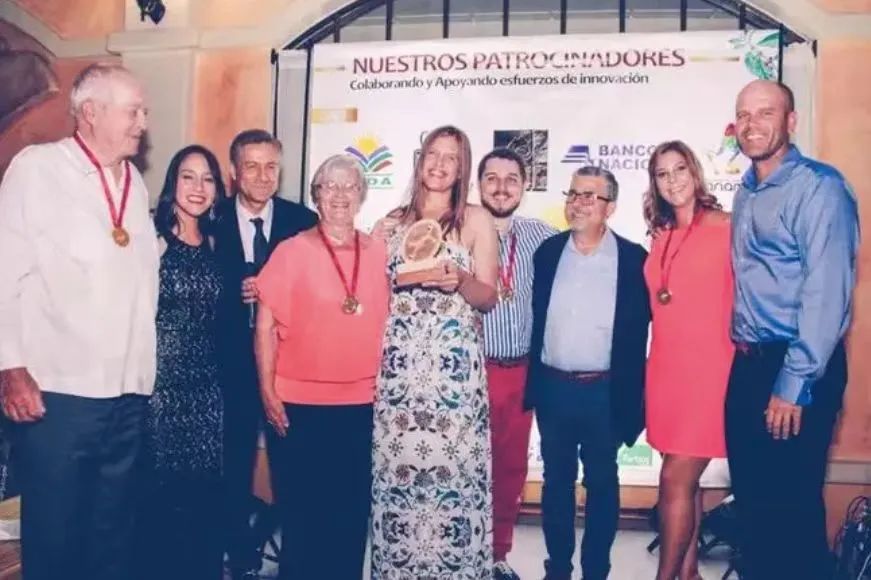
Sure enough, this amazing coffee bean won the championship that year, and this bean is from the Petersons of the Emerald Manor. Just when everyone is curious about how the Emerald Manor grows such delicious coffee, the owner Price revealed that the variety of this coffee is Geisha, which is what we call "Rose Summer" in Chinese.
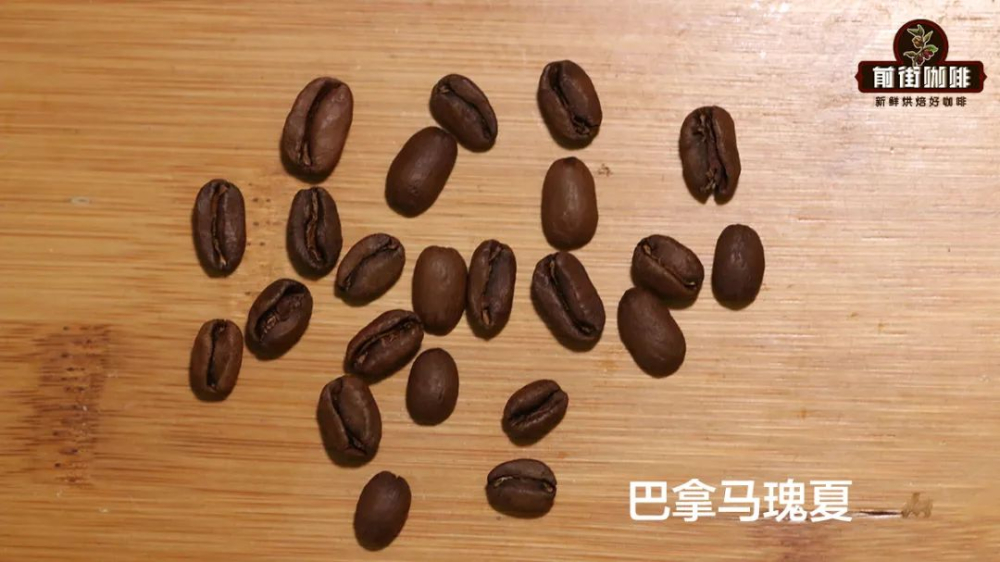
Seeing here, we can confirm that what is amazing is the rich floral orange-sour sweet coffee beans, and the reason why it has such an amazing flavor is attributed to the variety of coffee, which is Geisha. "Rose summer is recognized because of its unique taste. On the other hand, if the so-called rose summer does not have that flavor, can it still be recognized? "since we found that the reason why this coffee is delicious comes from this noble variety. So if other estates also want to have this amazing flavor of coffee beans, this needs to get its seeds, not on it. As a result, people began to trace the source of Rose Summer.
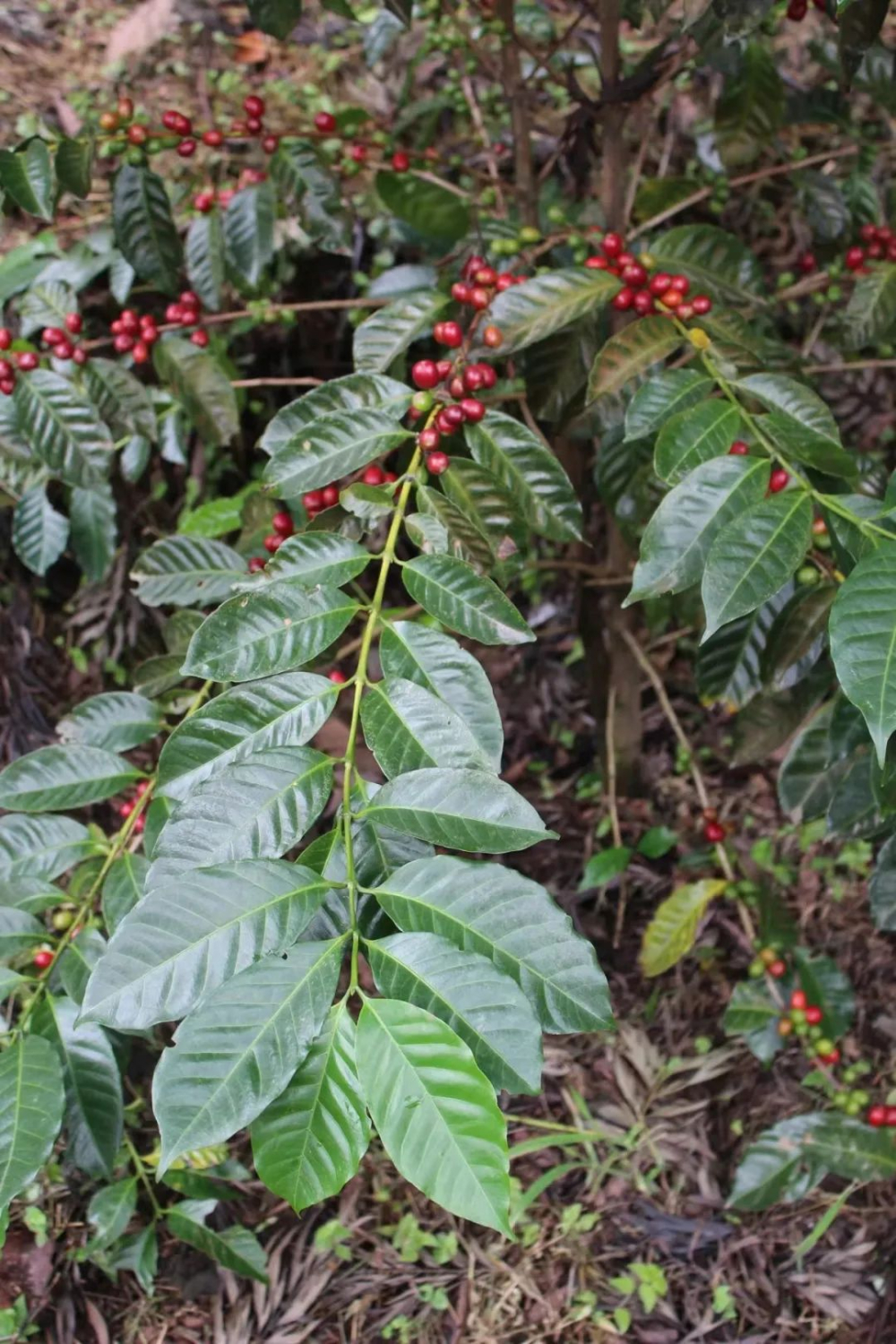
The origin of the rosy summer in Panama allows us to open God's perspective to see where the rosy summer of the jadeite manor comes from. Back in the 1930s, when Africa had been carved up by Britain, France, Germany and Italy, Ethiopia was the only country that had not been colonized, but the circle around Ethiopia was already a British sphere of influence. In 1931, Colonel Richard Whalle, the border garrison, was ordered by the British ambassador to go deep into the Kafa forest in southwestern Ethiopia to collect samples of coffee trees and study them in order to find varieties that could be grown commercially on a large scale. They went to a forest called Gesha, collected a variety of coffee seeds, gave them to Maggie's British consulate, and then shipped them back to coffee research institutes in Kenya and Tanzania for breeding. The colonel was always a soldier, not a botanist, so he could only write in the report that the coffee was collected in a place called Geisha, and because Ethiopian is so different from English that many spellings are spelled according to the sounds he heard, so he misspelled Gesha as Geisha in his report. After the seeds from Geisha came to Kenya, they began to plant coffee trees with different numbers, and then in 1936, Kenya sent coffee seedlings numbered 1,9,11,123 to Lyamungu research station in Tanzania for breeding, and Lyamungu renumbered these coffee trees and selected VC496~500 coffee seedlings for breeding. In 1953, the screened Geisha samples from Tanzania arrived at CATIE in Costa Rica, and finally in 1963, Don Patch, who held an important position in the Panamanian Ministry of Agriculture, brought some of the Geisha seeds back from CATIE to Panama for distribution to farmers. The Geisha species of Jade Manor is the variety numbered T2722 of CATIE, and the serial number of Lyamungu of Tanzania is VC496. It is a continuous screening process from Ethiopia to Panama. The various varieties collected by the colonel from Gesha were screened in Kenya to Tanzania, then screened in Tanzania to Costa Rica, and then to Panama, where they were discovered by the Petersons for another 40 years. The name Geisha is a misspelled place name. We agree that the special floral and fruity flavor comes from the variety T2722 (VC496).

Why doesn't the rose summer of Ethiopia have that taste? Very simply, Ethiopia's rose summer is found in the mainland, Ethiopia thousands of kinds of coffee, to find T2722 homologous varieties, the probability is extremely low. In 2007, documentary director Adam Overton aroused interest in coffee when he was filming a documentary on coffee in Ethiopia. In 2009, led by Willem Boot (one of the judges who were amazed by Rose Summer in 2004, the owners of mule Manor and Sofia Manor), Adam and his party went back to the path taken by Colonel Richard and went into the Gesha Forest to find the Rose Summer variety talked to the Emerald Manor. Since there was no genetic comparison at that time, they could only compare the appearance of the plant and the flavor of the cup. finally, they selected a variety from the forest that was very similar to the rose flavor of the jadeite manor and named it Gesha 1931. And documentary director Adam was later the owner of Rose Xia Village Manor. In 2011, Adam found a variety similar to Rosa in the Gori Forest near the manor and brought it back to the manor for planting, called Gori gesha.
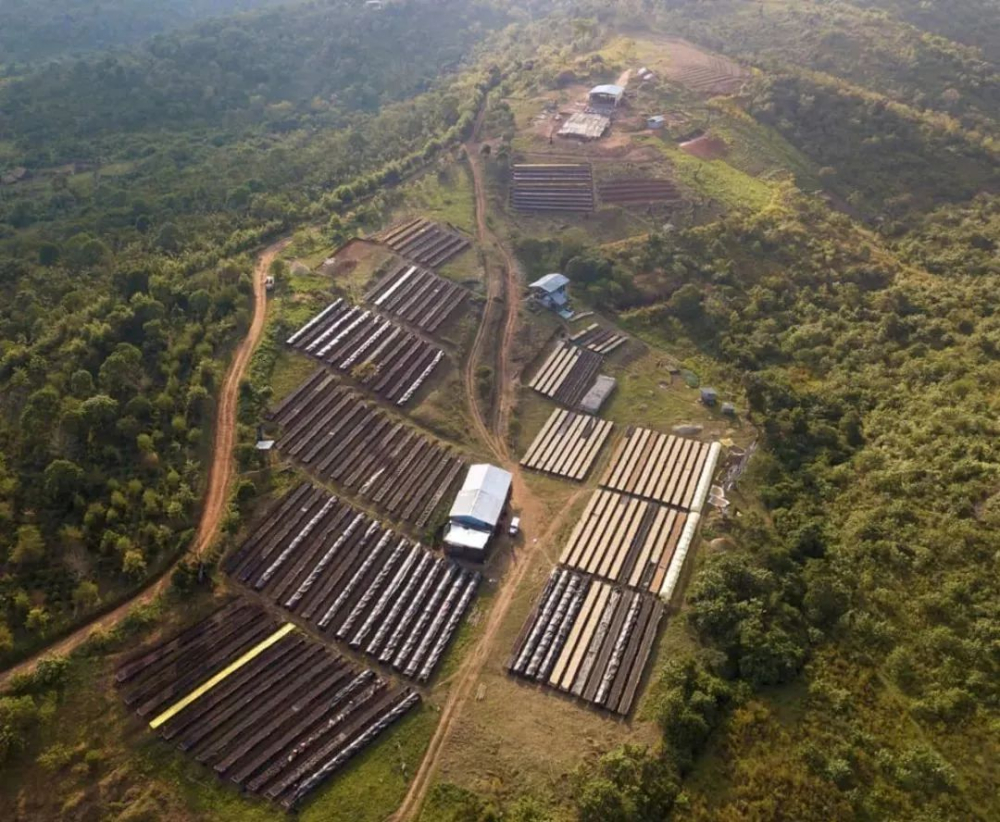
Therefore, whether Gesha1931, Gori gesha, and the native species Rosa were found in Ethiopia by referring to the plants and flavor of Panamanian Rosa, it can not be proved that it is the Panamanian Rosa T2722. Therefore, it is normal that there is an obvious difference between the shape and flavor of coffee beans. But the coffee does come from Gesha Forest, and it seems reasonable to call it "Rose Summer"!
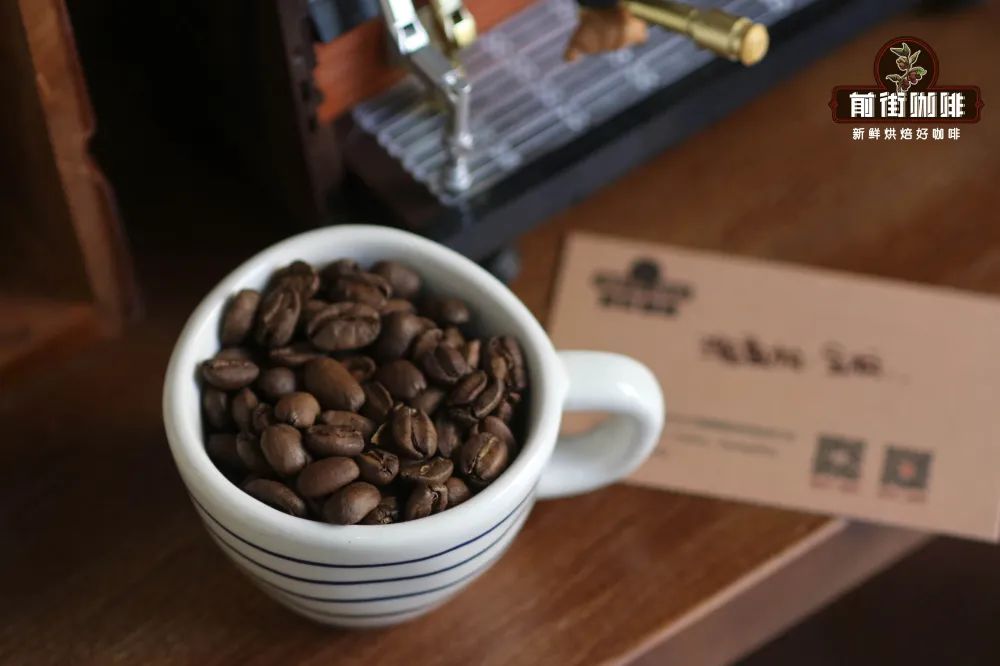
Why is Costa Rica's summer so different? Costa Rica, as Panama's last stop and neighbor, is theoretically easy to find out about T2722. But why is the summer flavor of Costa Rica not as rich as that of Panama? Qianjie believes that there may be several reasons. The first layer is that after Costa Rica introduced Geisha, it also released some preferred species for curry farmers to grow. In addition to T2722, there are also numbered varieties with different plant types, such as T2917 and T3214. Later, when Rose Xia became famous, it was also called Rose Summer together. The front street also observed that the rose beans of some Costa Rican estates are narrow and full, which are very similar to those of Panama, and their flavor also has the flavor of Panamanian rose summer, while the rose beans of some estates are flat, short and slightly pointed at both ends. Its Panamanian summer flavor is not obvious.
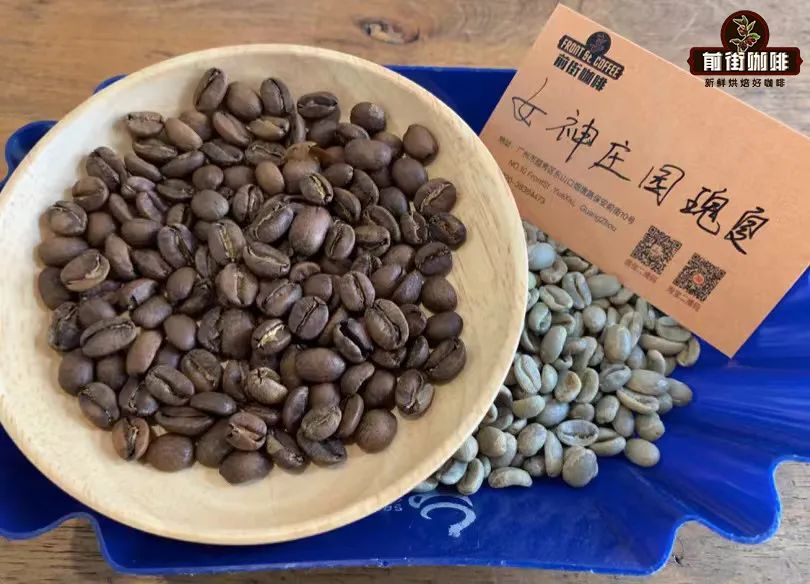
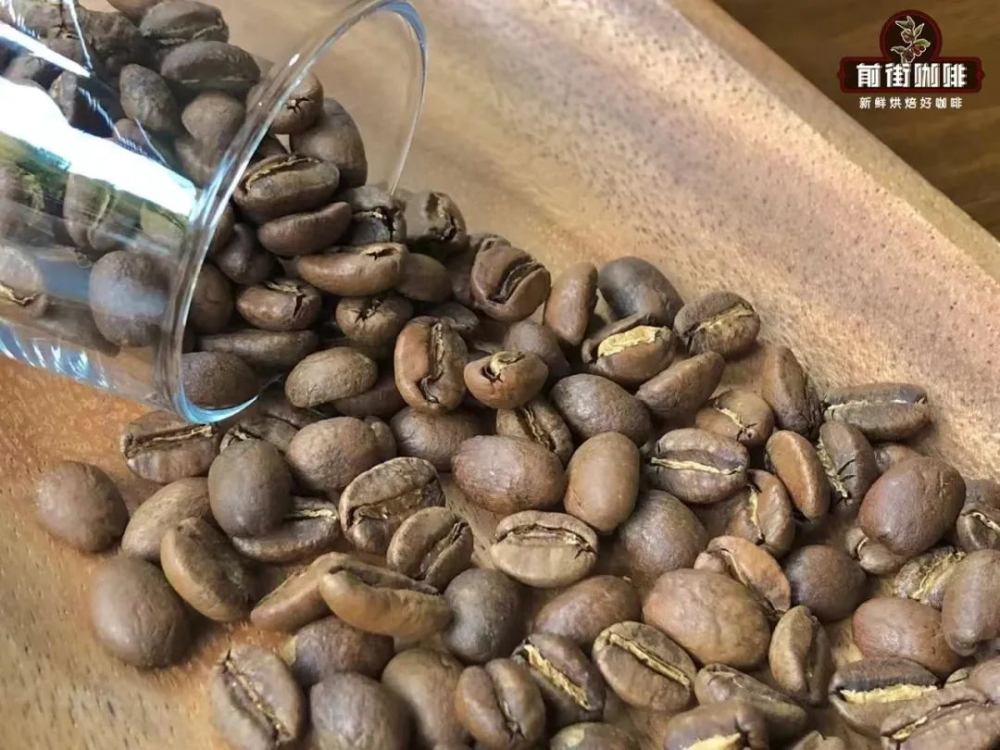
The second layer is the local soil reason, local microclimate change can also affect the quality of coffee, just as Rosa was introduced to Panama in 1963 and did not shine until 2004. a large part of the reason is that the citrus flavor is not obvious and bitter when it was originally planted at a low altitude (below 1400 meters). After the purchase of Haramiyo Farm in Zhi Zhi Jade Manor, try to put these rose summer trees to a higher altitude (1500-1800m), so that the flower fragrance and citrus flavor is rich. The third layer is the way of treatment. Costa Rican coffee is often treated with honey, which, like Colombia, is also good at using heavy fermentation, so that the fermented flavor masks part of the flavor of Rose Summer itself. as a result, the flavor characteristics of Rosa are not obvious. As for some other producing countries with low production of rose summer, it is also difficult to tell whether it is from Panama's rose summer T2722. It is possible that the real introduction of Panamanian rose summer species, but due to local reasons, failed to play the flavor of rose summer, "tangerine born in Huainan is orange, born in Huaibei is trifoliate orange". Or maybe it's just the same name as Rosa. If you want to see the rumored taste of summer, Panama is absolutely reliable. The rest of the summer will be a stroke of luck.
Important Notice :
前街咖啡 FrontStreet Coffee has moved to new addredd:
FrontStreet Coffee Address: 315,Donghua East Road,GuangZhou
Tel:020 38364473
- Prev

Analysis of Starbucks Management Strategy in 2023 the Future Development trend of Starbucks Coffee
Professional coffee knowledge exchange more coffee bean information please follow the coffee workshop (Wechat official account cafe_style) more boutique coffee beans please add private Wechat Qianjie coffee, WeChat account: qjcoffeex last September, Starbucks announced LaxmanNarasimhan as the chief executive
- Next

One of the ways to use an espresso machine: "stir-fry" eggs with a steam stick is still a cafe famous dish?!
Professional coffee knowledge exchange More coffee bean information, please pay attention to coffee workshop (Weixin Official Accounts cafe_style) More fine coffee beans, please add private WeChat Qianjie coffee, micro signal: qjcoffeex coffee machine steam stick may not have thought, in a corner of the world, their kind
Related
- The milk tea cup becomes smaller?! Overlord Tea Girl launches a new "Return to Yunnan" series
- Accused of selling counterfeit and high-priced coffee beans! Well-known boutique coffee brand "Oukelao" bowed and apologized!
- How to make espresso dumplings? Can I eat coffee and glutinous rice balls together?
- Save the unformed and stagnant powder cakes in one second! What is the problem with stagnant water in the powder bowl of the espresso machine?
- What does hand-brewed coffee stop mean? Why is it not recommended to make coffee by hand?
- Is it normal to smell like coffee? Why does coffee smell like alcohol? What's wrong with the strong smell of cold extract ice dripping ice brewed coffee?
- How to solve the problem that hand-brewed coffee extraction takes too long? Why is the water flowing so slowly when making coffee?
- The main points of making Australian white coffee, the proportion details, how does Australian white properly foam and blend the flowers?
- Can ice water make cold extract coffee? What is the difference between room temperature water and ice water for making cold coffee?
- What milk is best for making latte and white Dirty coffee? What is the difference between different brands of fresh milk and pure milk for making coffee?

